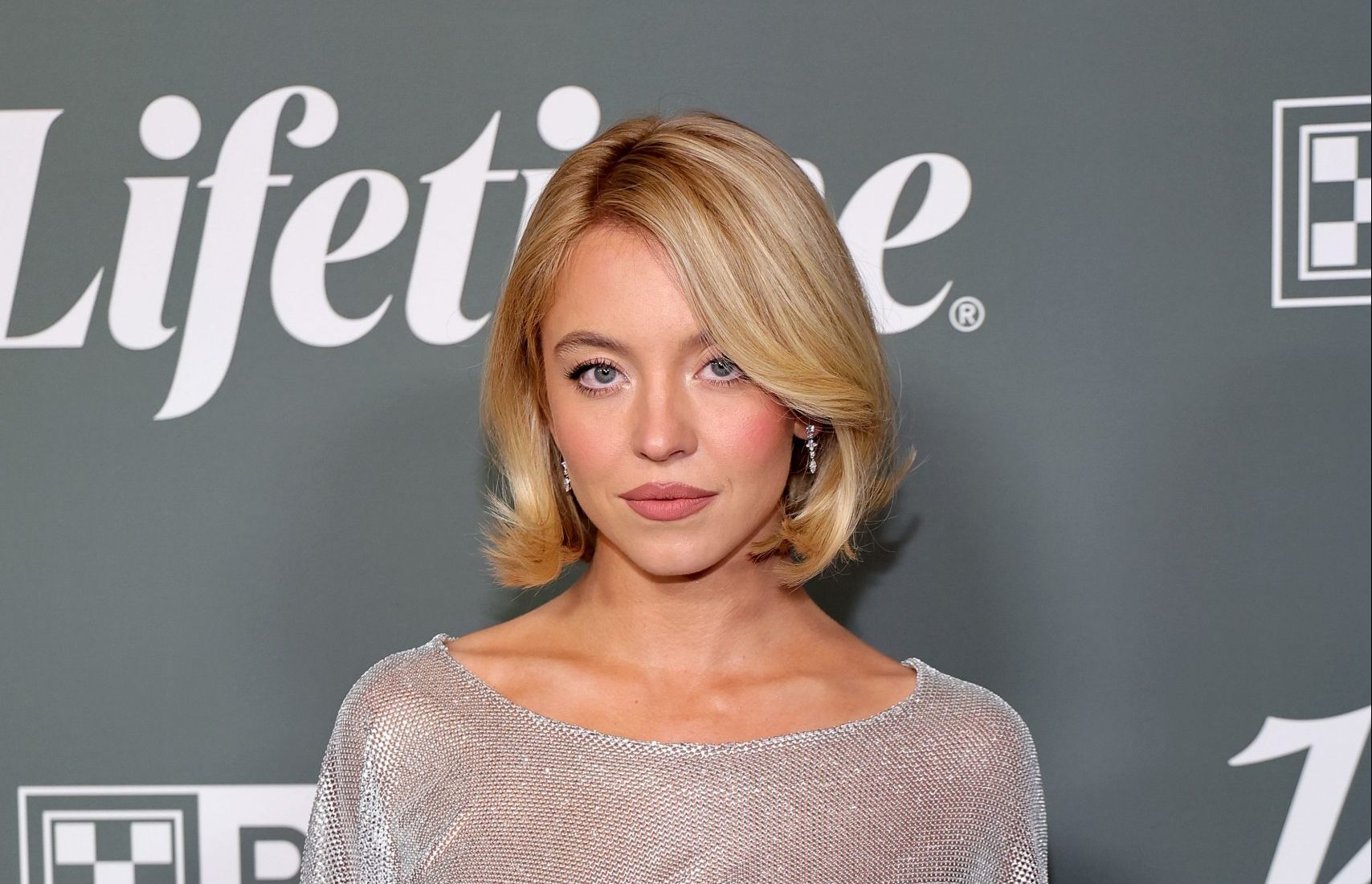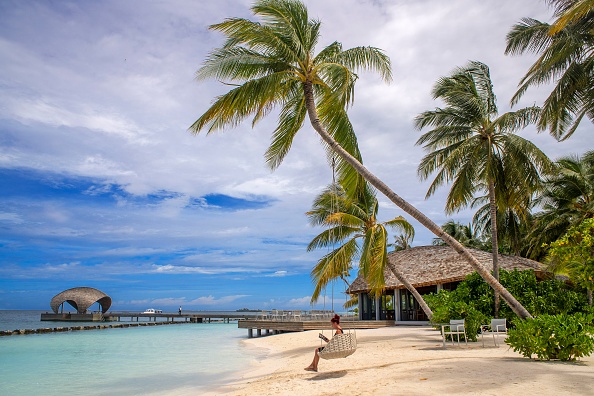“One day my prince will come, one day we will love each other.” “Freed, freed, now nothing stops me. Freed, freed, no longer a perfect princess. Just compare the lyrics of the top songs of Snow White and Elsa, characters created in 1937 and 2013 respectively, to gauge the extent of the evolution of Disney princesses. The very first Disney princess, Snow White, corresponds to an archaic vision of femininity. She is beautiful, kind, docile and naive. She takes care of others, does the cooking and cleaning. This era of “classical princesses” – which later includes Cinderella (1950) and Aurore dans Sleeping Beauty (1959) – reflects the condition of women of the time, relegated to the domestic sphere.
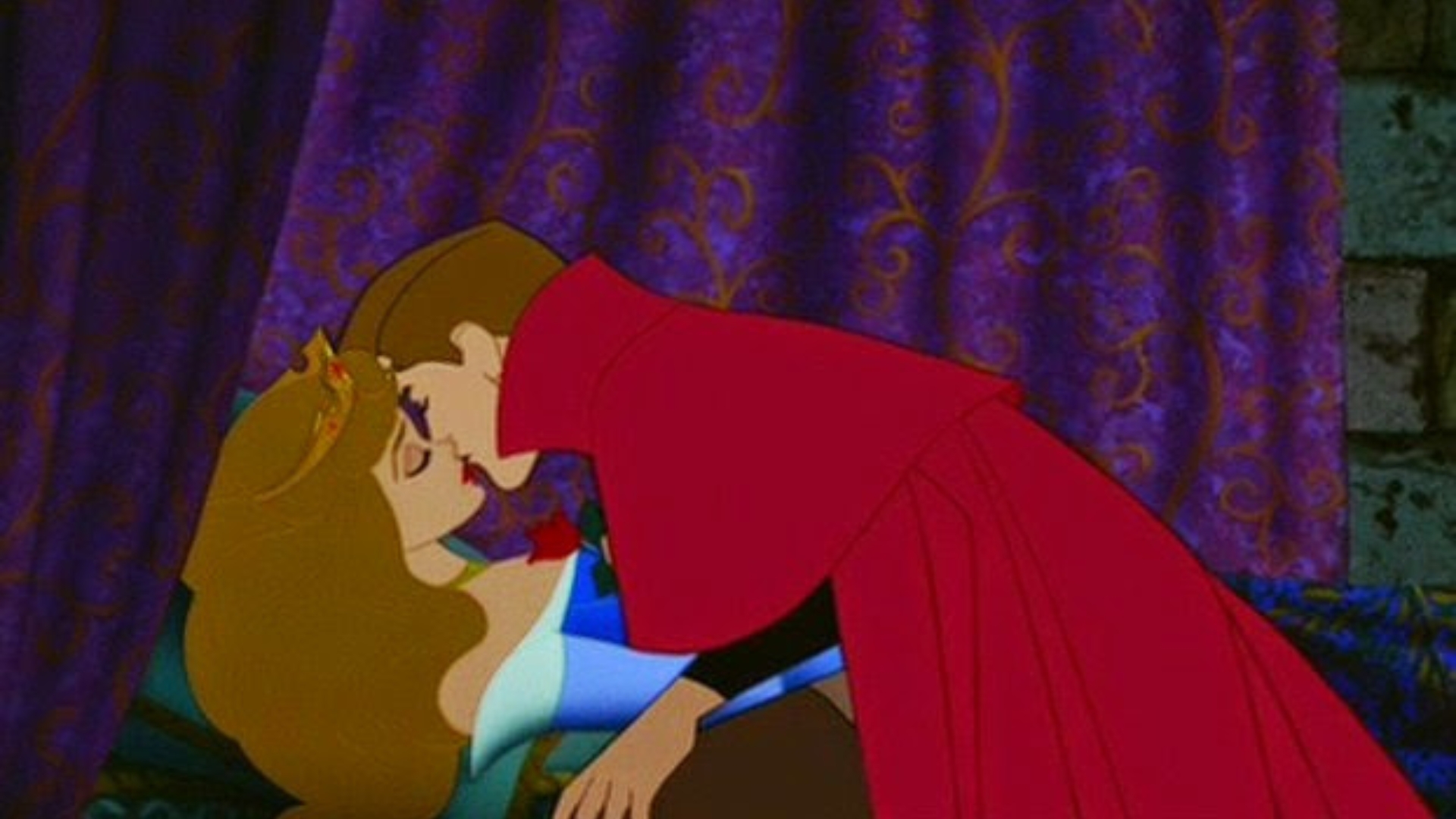
These princesses evolve into passivity and dependence. Their transition into adulthood sees them leave their father’s authority for that of Prince Charming, who has come to save them. “Disney films naturalize the feeling of heterosexual love, it is instinctive, like an obvious fact that imposes itself without too many demonstrations”. analyzes Célia Sauvage in “Decoding Disney-Pixar”. These first princesses have one goal in life: to meet a man and get married. Rape culture is never far away: Aurora and Snow White are kissed by their princes while they sleep, without their consent.
Furthermore, these stories are encouraging intergenerational female rivalry : the three heroines have elderly, jealous and cruel women as antagonists. Disney has distanced itself from princess stories for three decades, which explains the extent to which Aurora, Snow White and Cinderella have permeated the popular unconscious and marked several generations of little girls.
Rebel princesses of the 90s
The place of women in society has changed in thirty years. In The little Mermaid (1989), Ariel sings about her desire to explore the human world. A rebellious and curious teenager, the mermaid opposes her father. But certain narrative threads, inherited from fairy tales, are difficult. The heroine falls in love with Eric at first sight and in less than a week they get married! In 1991, The beauty and the Beast Belle introduced, young woman passionate about literature and annoyed by the fact that she is constantly reminded of her beauty.
Coming from the people, Belle rejects the advances of Gaston, portrayed as a molester. “She’s a bit like the first feminist Disney princess. She doesn’t want to marry the nicest boy in the village. She wants to explore the world and reading about it empowers her”, believes Emma Watson. As Ariel saves Eric from drowning, Belle sets out to save her father, subverting the cliché of the damsel in distress. However, Belle falls under her captor’s spell – hello Stockholm syndrome! Her kindness and benevolence – qualities expected of women – civilize the Beast, who can be interpreted as the metaphor of a violent man.
The first racialized princess, Jasmine Aladdin (1992), he also wishes to emancipate himself from his father’s expectations. Heterosexual love remains the focus, but like Ariel and Belle, Jasmine is an active and rebellious princess. Furthermore, she transcends class by choosing Aladdin, a poor young man, as her husband.
Pocahontas (1995), which waters down the adventures of a real-life Native American princess, is more subversive in its ending. The leader of the Powhatan tribe chooses to stay with his people. The film aims to be a lesson in tolerance between peoples, but its white point of view makes it problematic. Three years later, Mulan (1998), the first Asian princess, disguised to go fight against the Huns in her father’s place. Her romance with Shang is treated as a subplot.
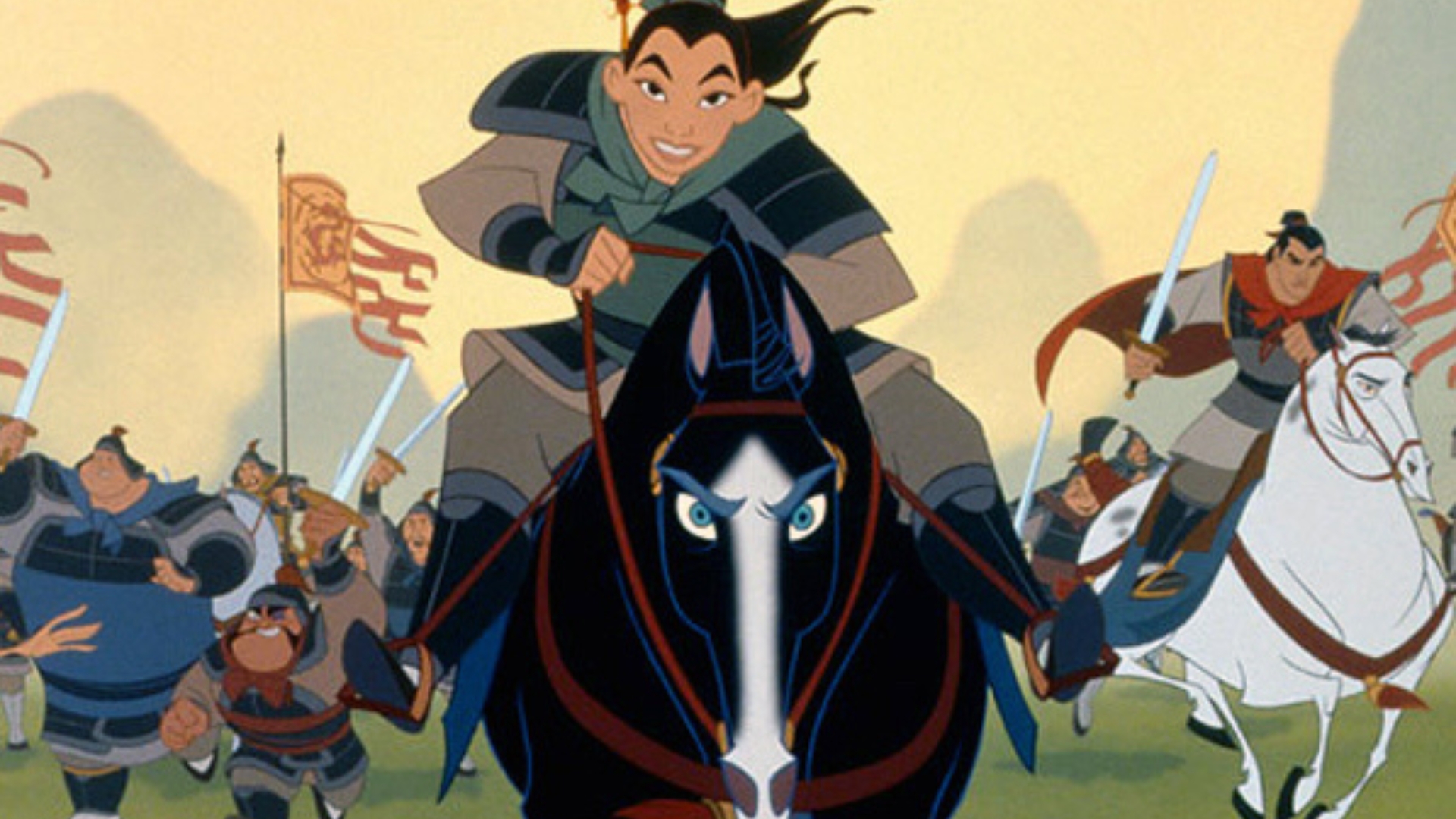
The princesses of the nineties reject their pre-established destiny. They have gained agency and their representation has diversified. On the other hand, their physique remains unrealistic. Disney princesses are very thin (see the sizes of Ariel or Jasmine) and their proportions correspond to a fantasy of the male gaze.
The transition into the 21st century sees Disney once again move away from princess-centric stories. We had to wait until 2009 to see the arrival of Tiana, the first African-American princess The Princess and the Frog (2009). If she stands out for her professional ambition – she dreams of opening her own restaurant – the young girl finds heterosexual love along the way, just like Rapunzel (2010).
The end of heteronormative princesses
A wind of emancipation accompanies the arrival of Mérida Rebel (2012), the only Pixar film to use the Disney princess recipe. Co-directed and co-written by Brenda Chapman, it marks a turning point in front of and behind the camera. Mérida inaugurates the era of single princesses. She rejects her suitors and beats them in a crossbow shooting competition!
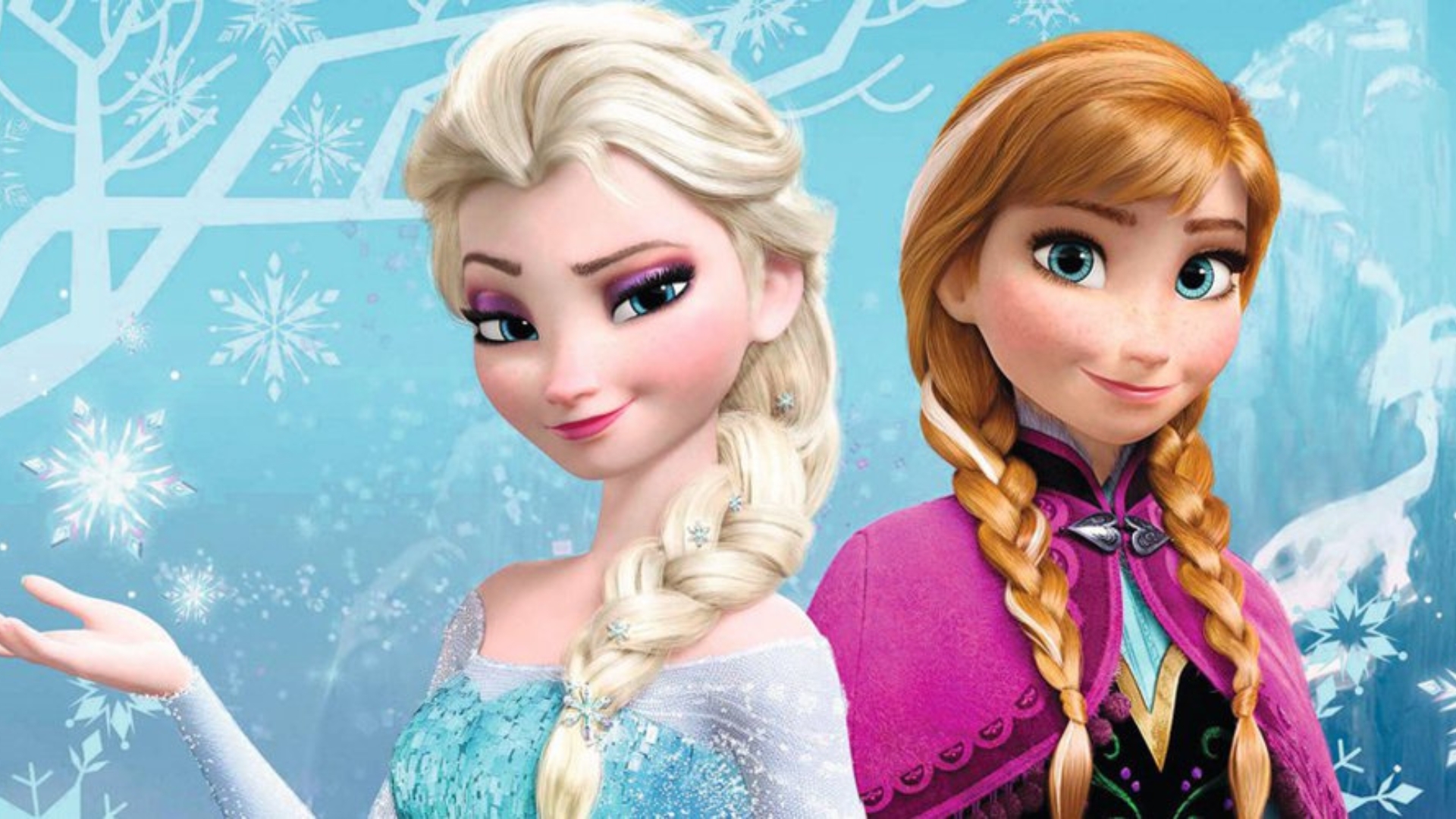
In its wake, new stories are born outside the heteronormative scheme. In 2013, Snow Queen develops the sisterly relationship between princesses Elsa and Anna. The latter avoids a toxic marriage with a venal prince while Elsa is a coded lesbian character. The princesses of the 2020s are more diverse and their cultures more respected (with input from relevant advisors). This is the case of the Polynesian princess Moana (2016), whose more realistic physique was praised. Abandoning plots centered on heterosexual love stories allows the focus to be on other connections, such as the friendship between Moana and the demigod Maui. The film Raya and the Last Dragon (2021) explores the complicated relationship between Raya and Namaari, two daughters of tribal leaders in Southeast Asia.
The empowered princesses
These contemporary princesses often have a mission to save their world, like Moana and Mirabel, the Colombian princess ofEnchantment (2021). This is also the case with Asha wish, celebrating 100 years of Disney.
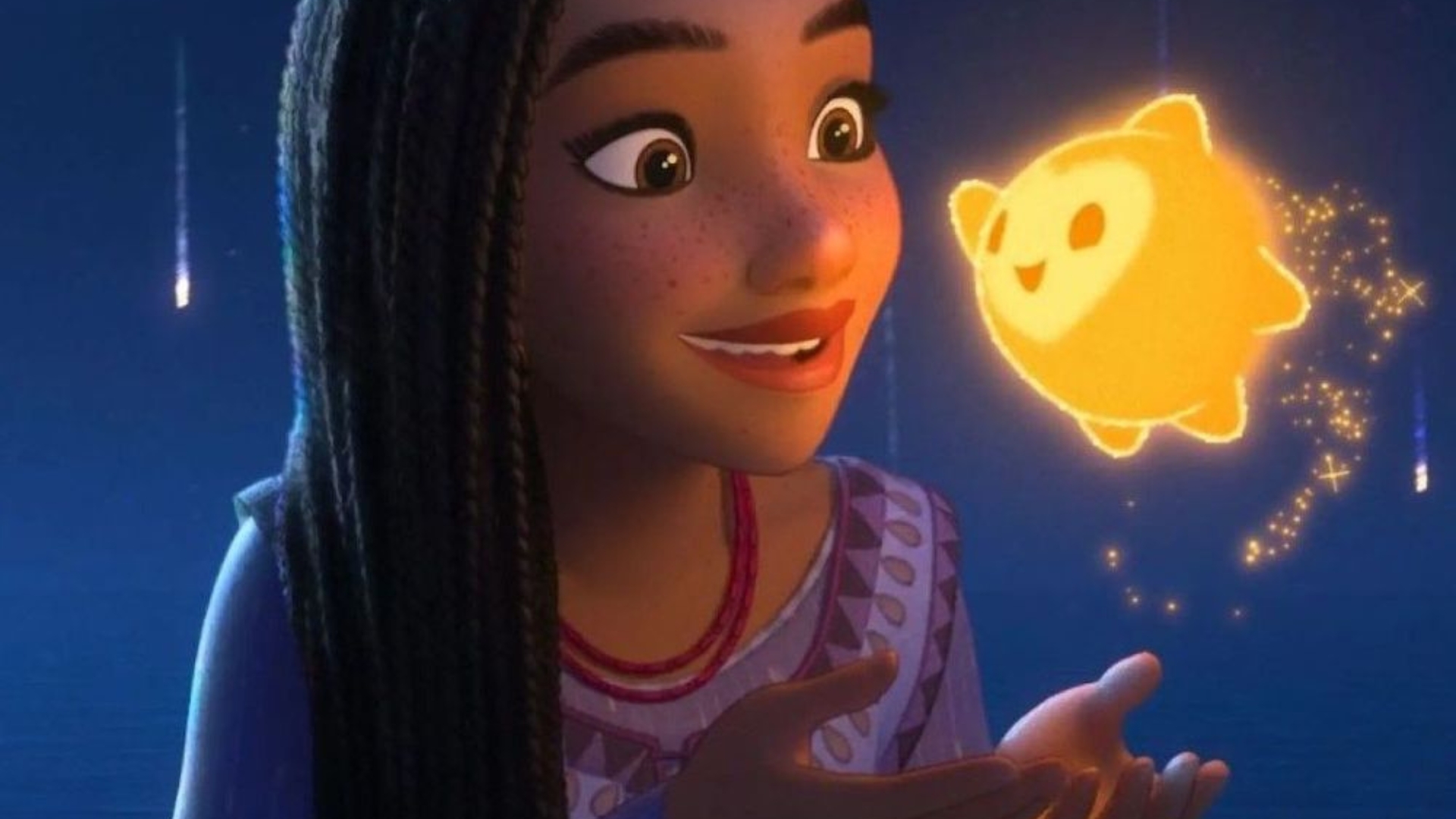
The second black princess in the catalogue, young Asha is characterized by her intelligence and her bond with those around her. During her adventure, she learns to trust herself. Her transition to adulthood is no longer conditioned by romantic love, but rather by her personal empowerment, which ultimately benefits her entire kingdom. This new one role model for girls is the synthesis of the modern Disney princess. And the film has the good taste to turn the white savior cliché on its head: Asha saves the kingdom by opposing the methods of a self-centered white king.
These new Disney princesses were shaped by new visions. Since 2018, Jennifer Lee (Oscar-winning director of Snow Queen) took the helm of Disney Studios. Under his guidance, diverse female voices have multiplied, after decades of male creative supremacy. wish is the only Disney classic created primarily by women (written by Jennifer Lee and Allison Moore, co-directed by Fawn Veerasunthorn). Believing in your lucky star is one thing, but you must also have the opportunity to shine.
Add Madmoizelle to your favorites on Google News so you don’t miss any of our articles!
Source: Madmoizelle
Mary Crossley is an author at “The Fashion Vibes”. She is a seasoned journalist who is dedicated to delivering the latest news to her readers. With a keen sense of what’s important, Mary covers a wide range of topics, from politics to lifestyle and everything in between.


